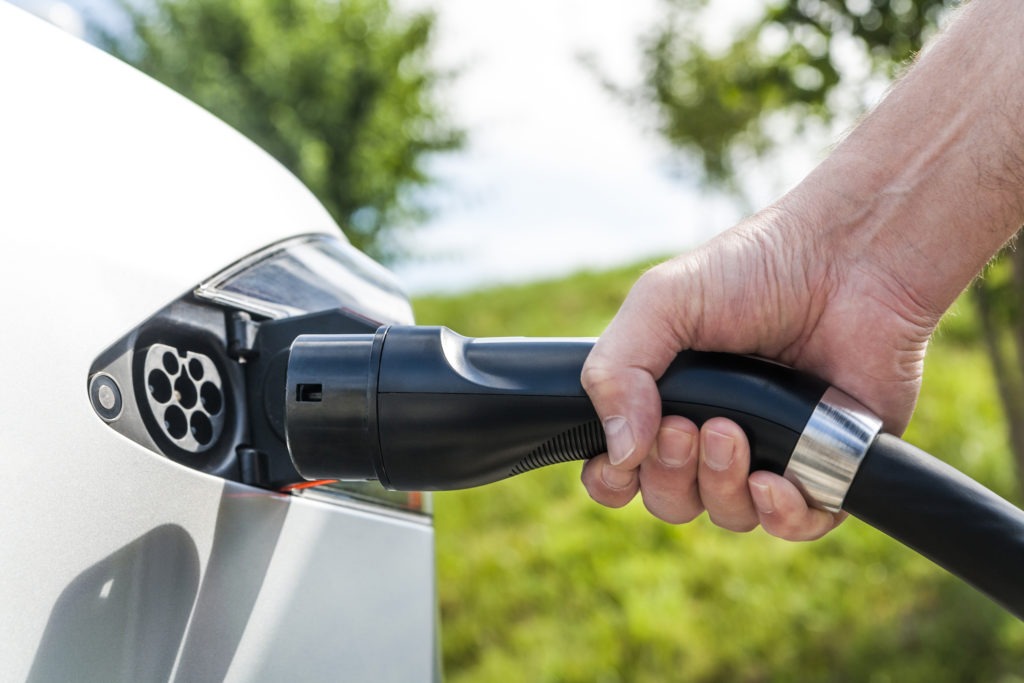Year in review: Electric vehicles
03 January 2018

3 January 2018
2017 could be seen as a pivotal year for the automotive industry. With sales of diesel vehicles declining and governments around the world pressing for improved air quality, manufacturers finally turned to the idea of developing electric vehicles (EVs) to improve their green credentials.
From announcements of investment by carmakers to concerns over infrastructure and material supply, the year saw a lot of change and development as the industry shifts its attention to the future of mobility.
As a result, Autovista Group covered 270 stories related to EVs during 2017.
One of the biggest investments announced during the year was the €70 billion that Volkswagen (VW) planned to put into its development of 80 models by 2025. In what it is calling ′Roadmap E’, the Group will earmark over €20 billion for direct investments in the development and production of e-mobility. This includes investment in new vehicles based on two entirely new electric platforms, in upgrading plants and in training for the workforce, in charging infrastructure, in trading and sales and in battery technology and production. The further €50 billion would be spent on finding and securing materials supply for EV batteries.
However, the company suffered a setback in negotiating for the important mineral cobalt. The company was seeking a minimum of five years of supply at a fixed price, according to people familiar with the process, but struggled to find any takers, having put off miners by suggesting a price that was well below current market prices.
This situation backed up a warning by the Federation of German Industries (BDI), which stated that Germany’s automotive industry risks running short on the key raw materials for EV batteries, hampering the introduction of large-scale manufacturing of the technology.
Another threat to the introduction of electric vehicles is the required infrastructure to ensure that power grids do not become overloaded and that the surge of cars on the road will not lead to charging station shortages. A report in the UK suggested that at least 30% of local electricity infrastructure (cables and substations) would need a £2.2 billion (€2.5 billion) investment to cope with widespread electric transport by 2050.
However, the country is to spend £1 billion (€1.1 billion) to promote electric and low-emission vehicles and will step up spending on research and innovation. Spain, the Czech Republic, Poland and Sweden were amongst those to also announce funding, while a manufacturer joint venture with energy suppliers is planning fast-charging point installation across Europe.
One of the reasons for the sudden shift in motivation towards electric vehicles can be seen in China’s plans to introduce quotas. Under the plans, known as the cap-and-trade-policy, manufacturers would have been required to obtain a new EV (NEV) credit score of at least 8% in 2018. This means that of all sales by a manufacturer in the country, 8% of these would need to be electric. However, with some carmakers still developing their EVs and hybrid line-ups, there was a risk that they would not be ready in time. However, the Chinese government has now deferred their introduction until 2019.
The quota rules pushed Toyota into what it called an ′agonising U-turn‘ when it comes to EVs. A spokesperson for the company said in April: ′The Prius and other hybrid cars are central to our green car strategy″¦ But in China’s view, the Prius is no more than a gasoline car. We have no choice but to get over our EV allergy and come up with an electric car.’
The Chinese rules which stated that manufacturers needed to work with home-grown companies saw a spate of joint ventures announced, with VW and Ford leading the way in these deals. However, the country’s government stated in late 2017 that it would look to relax the rules, allowing carmakers to develop freely.
There were also some EV investment announcements from manufacturers during the course of 2017.